Personal Growth Using Soft Skills
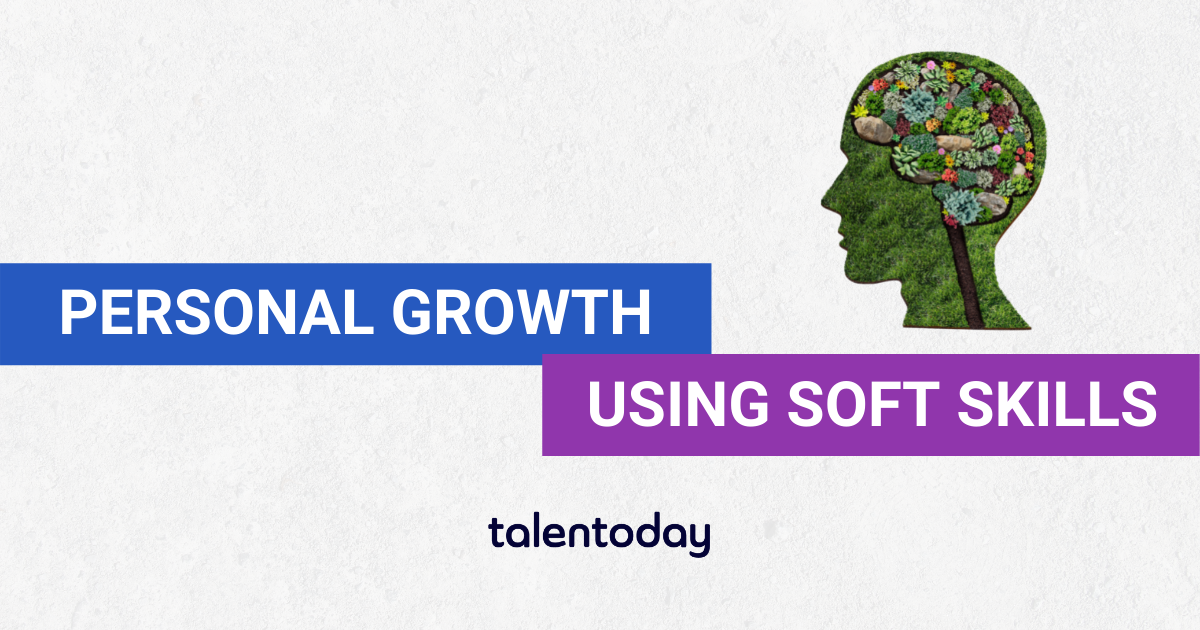
It’s human nature to hit a ‘reset button’ when time gives us a new beginning. That’s why gyms are the busiest on Mondays¹ and personal motivation skyrockets around birthdays². I can’t be the only person who has put off a personal goal for a couple of weeks because it’s the middle of December and January 1st is just around the corner.
Having those reset points are great for helping people set certain milestones and goals for themselves! However, self-improvement and professional development should be ongoing and not dependent on the start of a week, month, or year. There are many ways to go about continuous development: reading books or articles, finding a mentor, or watching videos and webinars are a few great places to start. Although you can take a guess at what areas you should focus on, today we are going to use science to help determine your strengths and improvement areas!
First Thing’s First: Take MyPrint®
If you haven’t taken MyPrint® already then stop reading this and take that first — it’s FREE! All you have to do is go to talentoday.com to create your free account. The assessment itself will only take about 30 minutes to complete. If you are reading this and your MyPrint® is over 6 months old we would recommend spending 30 minutes on a retake.
If you have previously taken MyPrint®, compare your two results and see what you find. Look for the areas where there is the most difference and see if you can determine what the reasons for areas of growth have been. Maybe you have had a life change, a new position, or even relate it back to the global pandemic that took over 2020 — try to pinpoint why those scores have changed.
Discover Your Strengths
Now that you have taken MyPrint®, download your One Pager (soft-skills summary). We are going to be focusing on the personality and motivations section first and then we’ll look at the personality radar in the app later on.
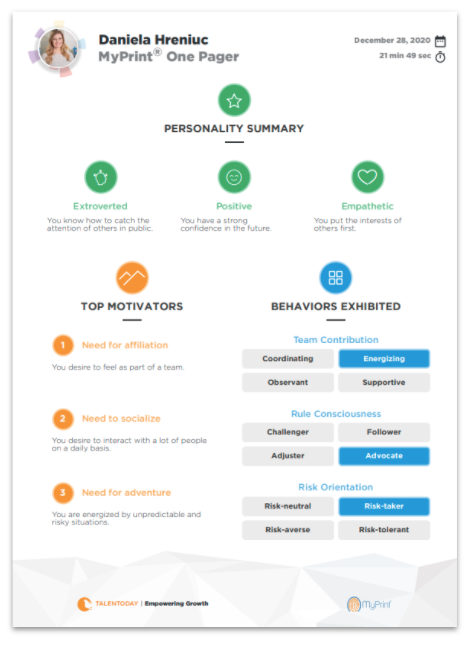
Take a look at your top 3 strengths in the green Personality Summary section of your One Pager. Write down unique ways that those can be useful in your current position at work or in your personal life.
Next take a look at the Top Motivators on your One Pager. Your top three motivators are listed out in orange. Determine if those needs are currently being met in your work life and if they are not, then write down some examples of how you can incorporate those into your daily work environment.
Find Your Improvement Areas
Now that we’ve looked at your strengths from the One Pager a little bit more, we’re going to go back into the app to spend some time looking at the personality radar! If you aren’t sure how to read your radar you can get an in depth overview by clicking the ‘About personality’ button in your profile.
Essentially each of the bars in the radar represents a different personality dimension. You are either towards the inside of the radar, or the outside. Although your first impression might be that the areas towards the inside of the radar are the areas that you need to grow — that is not always the case! For example, someone who needs to be providing concrete solutions to a team might struggle if they are extremely high on the ‘Abstract-Thinking’ dimension.
After you have taken some time to read your radar for a little bit, find those areas that you want to move either up or down on that radar. For example, when I look at my radar I see that my Critical-Thinking scale is a little bit lower than I would like. I am a Conventional Thinker — which isn’t bad at all! However, there are a lot of aspects in my role where I am called upon as a subject matter expert, so I want to ensure that I am not going to just go along with things because that’s what the majority wants. So this year I am going to make a conscious effort to ask more questions about the things that are presented to me so that I can get into a more naturally critical mindset.
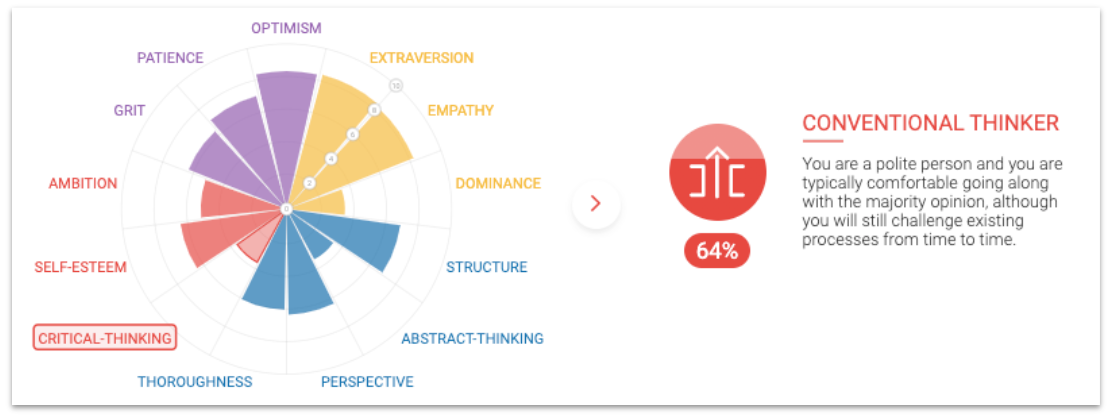
Now it’s your turn! I can find about 4 other improvement areas when I look at my radar, but they are all based on my current work situation. Again, this doesn’t mean that I think my current soft skills are bad, it just means that I am aware that in order to grow professionally, I need to be continuously working on my development!
Put Together A Plan
Now that you know your improvement areas, focus on them! Find some books, TED Talks, or articles that you can spend time on each week to help you grow and develop. The second step here is to put together some concrete examples of how you can grow. For example, if you are a Focused individual but want to be more Big Picture — the next time you are planning out a project make a note to specifically think of that Big Picture outcome as you plan and go about your work.
Make a note of people that you work with or know who you think have those traits you are looking for. Does your manager seem to have those Critical Thinking skills that you desire? Make a note to pay attention to how she gives feedback or responds to new ideas in meetings. Maybe your coworker seems to be the most relaxed person on the planet. Take note of how he handles those times of stress and busy times.
Watch Your Growth!
Take MyPrint® again in 6 months. See how much you have grown and developed in those areas, and think of some concrete examples of how your soft skill strengths have helped you succeed in your professional life. The goal here is not to be perfect or ever be done, it is to get yourself into the mindset of continuously growing and developing your strengths.
Looking for additional resources and support? Email Talentobe at customer@talentobe.com to learn more about our assessment and services!
Sources
Better Assess Your Workforce Using Group DNA
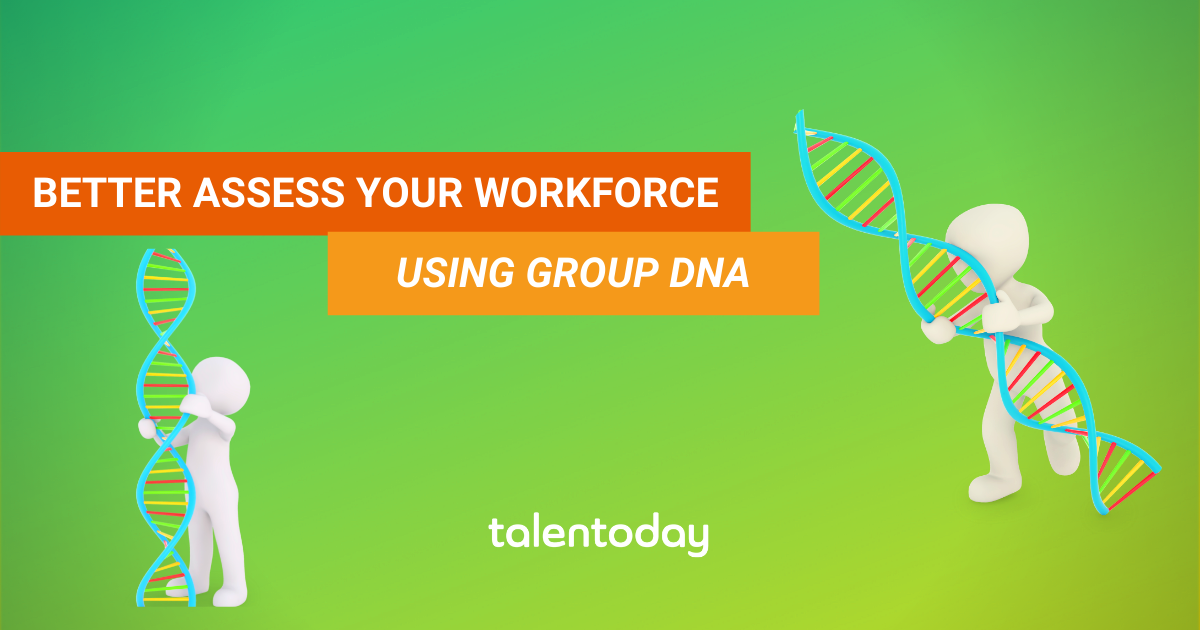
Every living organism is made up of a unique genetic code of DNA. Although the same organic components are used the outcomes can be vastly different from one another. The same thing goes with teams. Think of your work team as a strand of DNA. Some team members might share certain common traits with one another, and those become a prominent part of your overall team behavior. Similarly, having variety in your strengths can also increase team synergy. Losing parts of your team, rearranging responsibilities, or adding more members to your group can all impact the outcomes, and being able to effectively measure and assess your workforce enables you to understand and guide your team to reach their full potential.
Assessing for hiring
There are multiple things to consider when assessing a new hire for your team. Having a thorough understanding of their background and skills, for example, are important for making sure that the individual has the ability to do the job. These things can be assessed using various methods such as Structured Interviews, reference checks, and based on education or previous experience.
Another important aspect to consider when hiring for your team are the soft skills that an individual possesses. Finding the strengths that they will bring to your team and seeing how they will fit in with your team’s current soft skill DNA are important to maximize each person’s potential and help your team to stay engaged and successful in their work.
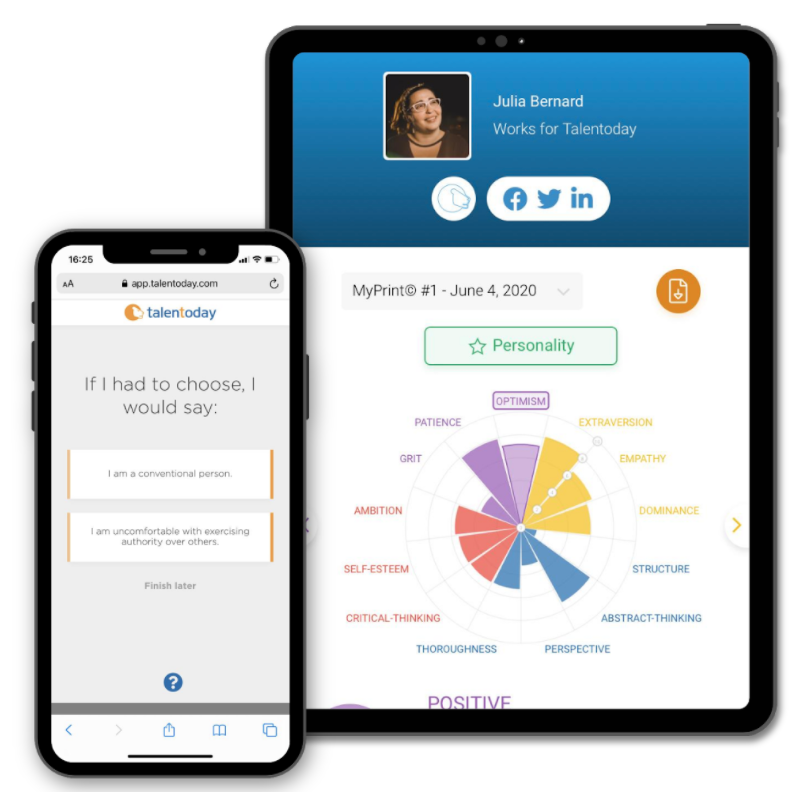
When assessing individuals’ soft skills be sure to use a valid and reliable tool rather than going off a gut feeling. The MyPrint® is a scientifically backed tool that is both valid and reliable for use in the workplace. The 155 item questionnaire provides detailed insight into an individual’s personality traits and motivations as well as their professional behaviors. This information can be used when hiring a candidate to see if their strengths fit in with what the role requires, as well as to get a better understanding of environmental or culture fit.
Assessing your current workforce
Assessing your current workforce helps to ensure that employees are receiving the proper guidance and support they need to do their jobs well. This can be done through performance reviews, measuring key metrics, or frequent 1:1 check ins with your employees.
In addition to goals and performance, understanding your team from a soft-skill point of view is beneficial for working as a group and engaging your employees. Once your entire team has been assessed using the MyPrint®, you can view their results via their individual reports, or by using the new Group DNA feature that is coming soon to the Talentobe Manager platform. Being able to see where your team as a whole falls in terms of their soft skills can help you to ensure that your team is using their strengths as well as figuring out where the gaps are that you need to fill. In addition, being able to see the common motivators among your team helps to come up with ways to motivate and engage your workforce from a global perspective which is helpful in certain situations where you can’t tailor the work environment for each individual.
First look at the Group DNA feature
Below is a sneak peak of what the Group DNA feature looks like! This example was made using 10 members from our very own Talentobe family. You can see that our team is made up of individuals who are Extroverted and Positive, which is always fun when we have team celebrations! We are also Confident, meaning we are self-assured in our abilities (rightfully so, we have very talented people on our team!) and we are Big Picture thinkers, always keeping those long-term solutions in mind as we continue to innovate and create new features.
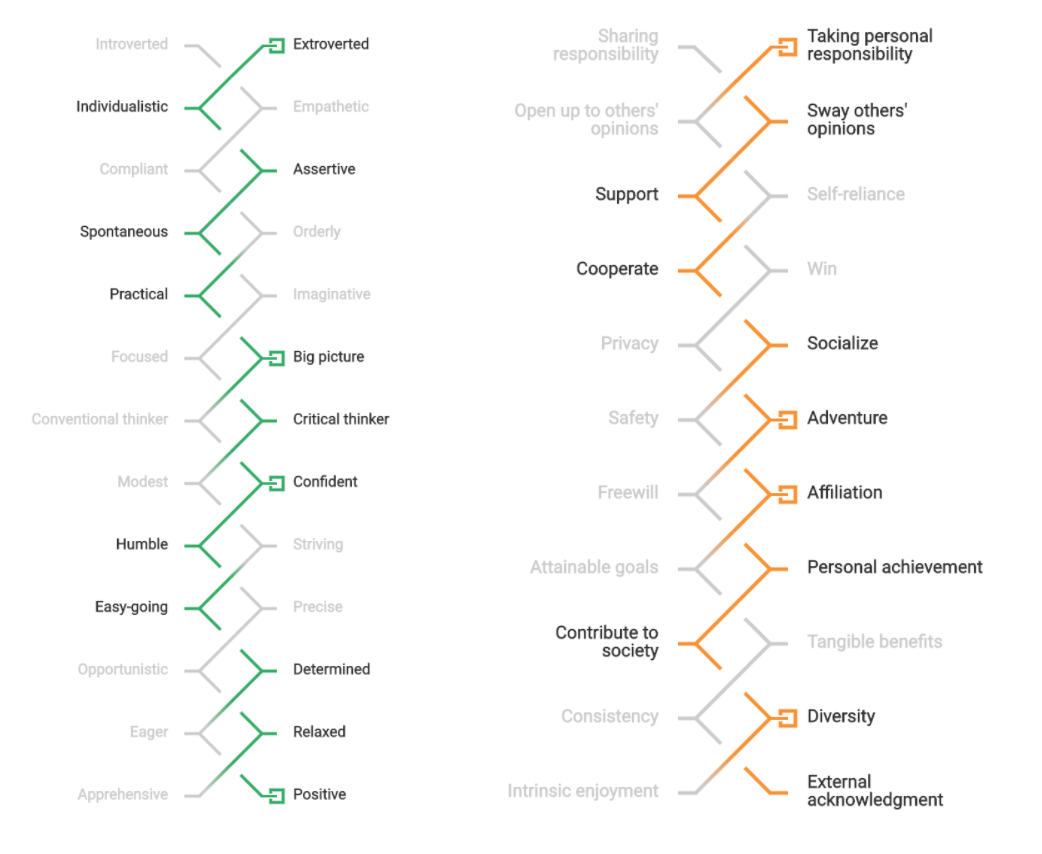
When it comes to motivating our team, the most important things are that we have Personal Responsibility for our work, but still have a Need for Affiliation and to share common interests with our peers. We also like to be kept on our toes with a Need for Adventure and Diversity — we like to spice things up around here!
Why this is important
The purpose of the Group DNA feature, and assessing your team’s soft skills, is to help visualize the data. The information provided is not necessarily indicative of work performance, but it can be used to understand the work culture of a population.
By understanding this data and keeping up to date with the DNA of your team, you can work to create an ideal work environment by setting relevant goals and rewards, as well as by solving conflicts the right way!
Are you interested in learning more about the upcoming Group DNA feature, or are you looking for additional resources and support? Email Talentobe at customer@talentobe.com to learn more about our assessment and services!


